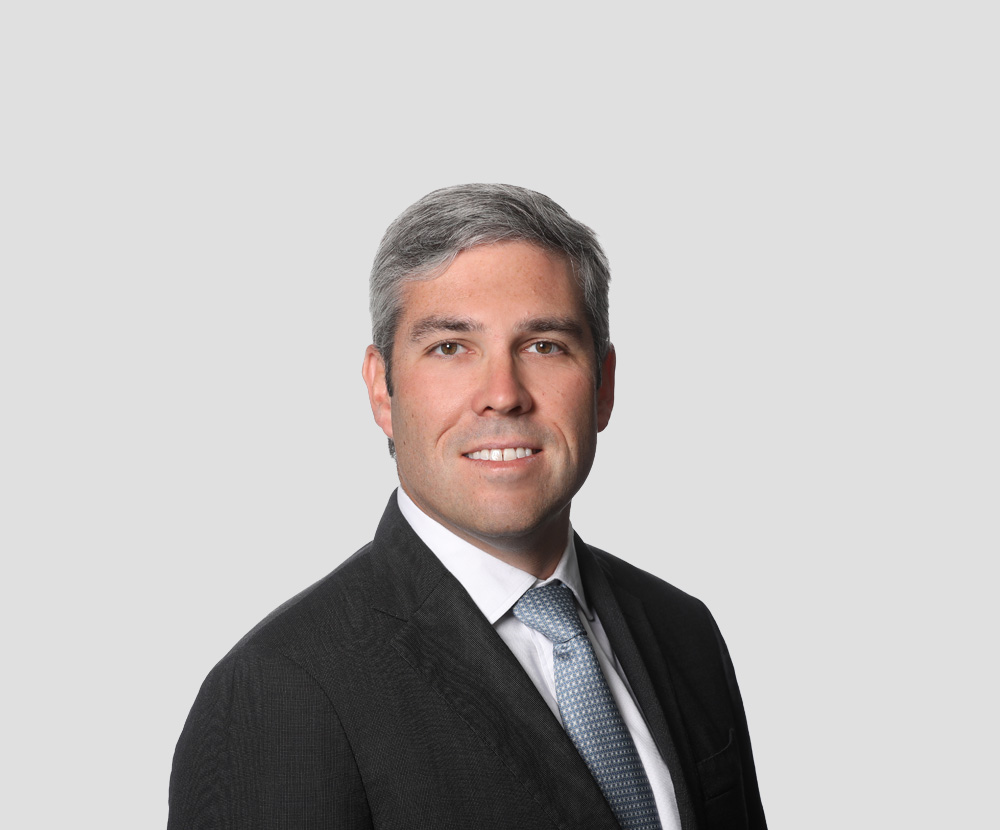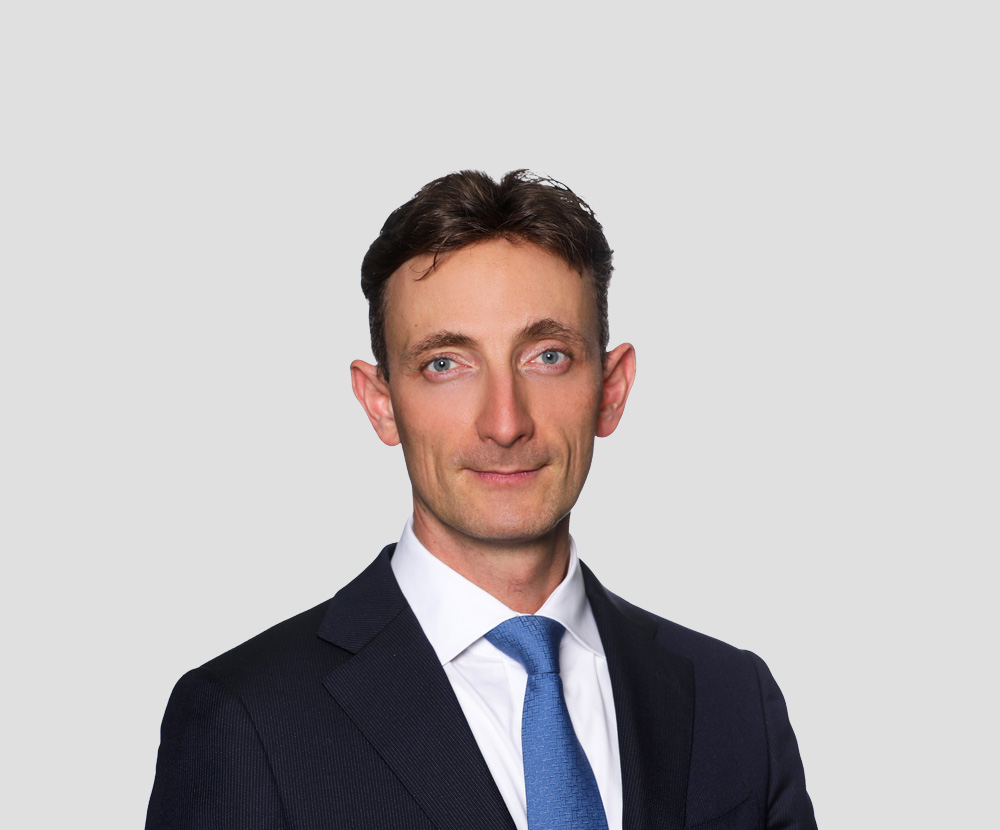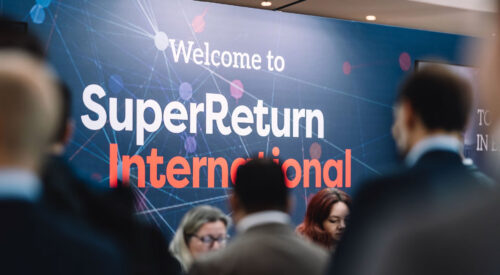This keynote interview was originally published in Private Equity International (PEI) under the headline ‘ICG Strategic Equity on the evolution of single-asset deals‘. It has been reprinted with the permission of PEI.
What are the main characteristics that make a portfolio company appropriate for a single-asset continuation vehicle?
Rob Campbell: When we are thinking about this, we are focusing on the sponsor and whether they have had a good history with the asset, whether it has been a consistent performer in the sponsor’s portfolio, and how it will benefit from more time and perhaps additional capital.
A clear rationale for the deal is important, so the asset should have strong organic and inorganic growth levers that can be supported by the continued tailwinds that have made it successful in the legacy fund vehicle.
We look for characteristics such as top-line growth, strong EBITDA margins and high free cashflow conversion, as well as an industry with limited cycle risk.
That means we tend to gravitate towards sectors like healthcare, information technology, education, consumer staples, insurance services and business services, which exhibit those strong asset-level fundamentals.
Why are GP-led secondaries, and single-asset deals in particular, an all-weather solution for GPs?
RC: GPs often find they have assets within their flagship funds that are standout performers and that they want to continue to compound value around, while being thoughtful about portfolio construction and liquidity in the flagship vehicle. These deals allow them to continue to retain that so-called ‘trophy asset’ while offering LPs the option of liquidity if they want it, as well as the opportunity to roll over with a status quo option.
This works well in all weathers. It does not require an active or healthy credit environment, because it doesn’t require a refinancing of the capital structure, as there is no change of control involved. These deals are also less levered than typical buyout transactions given the asset’s performance and passage of time since the GP’s buyout, so overall they are less vulnerable to higher interest rates.
As this becomes a more institutionalised market, GP-leds have evolved and taken off in terms of volumes.
Andrea Serra
What are the similarities and differences between a GP-led process and a buyout?
Andrea Serra: If you think about the potential buyers that sponsors will be talking to, the target audience is going to be different – being primary investors in a buyout and secondaries investors in a GP-led process. Another way to look at it is in terms of the due diligence conducted by the buyers, and from that point of view the transactions are similar when it comes to analysis of the asset. There is an additional layer of due diligence on a GP-led secondaries process, however, which is the diligence on the sponsor we are partnering with. We need to understand their quality and track record through cycles and in the particular industry of the asset. That comes down to the underlying deal team, not just the sponsor as a firm, and how well they have managed the asset and will continue to moving forward.
Why do some GP-led secondaries run more smoothly than others?
AS: We are incredibly selective on the types of deals we want to work on. We focus on three things: the quality of the asset and the industry; the valuation of the asset; and the alignment with, and quality of, the GP and the management team. If those three criteria are met, then transactions become attractive and run smoothly. But there are plenty of transactions that do not stack up.
Another factor is the size of the transaction, because if you are looking at very large deals with a large amount of capital required, you need a syndicate with a lot of participants, and that can make the process more challenging. We do a handful of deals each year but on the deals where we have high conviction we like to write the entire cheque and be the sole buyer, which removes an element of that execution risk for the seller.
RC: Early engagement of the sponsor with the key stakeholders in the transaction – which means speaking to the LP advisory committee and outlining the rationale for the deal – also helps these processes run smoothly. That transparency is important with legacy LPs, as is ensuring the process is driven by best-in-class methodologies, in line with Institutional Limited Partners Association guidance and Securities and Exchange Commission regulations.
How important is alignment with GPs on GP-led secondaries, and what might that look like?
AS: Alignment comes in three forms. The first and most important is around the carry being crystallised in the seling fund by the sponsor, and in our transactions we insist all that carry gets rolled over into the continuation vehicle as equity for the new vehicle. For us, that is a strong alignment signal.
The second form is the amount of overall GP commitment that the GP is investing in the transaction, which can be carry but can also be new money. That matters in both absolute dollar terms and as a percentage of the total equity stake. The last thing is potentially an investment from the latest fund alongside our capital, which can also improve alignment.
Have GP-leds evolved to become more LP-friendly?
AS: As this becomes a more institutionalised market, GP-leds have evolved and taken off in terms of volumes. That means there are more GPs doing them and more participants on the buyside. The standards for the transactions have also elevated over time, alongside ILPA and regulatory guidance, so that processes have become more standardised and better run.
RC: These transactions have developed to make sure LPs are informed early on and have the appropriate amount of time to make their evaluation as to whether they take liquidity or reinvest. We have also seen an enhancement to the genuine status quo option, so that it is now more common for LPs to have the option to roll over and maintain their legacy distribution waterfall without having to subscribe to a new set of arrangements. All that provides more optionality and flexibility to the LP.
So far in 2024 we are seeing one of the strongest pipelines of deal activity we have ever had.
Rob Campbell
How is the macroeconomic environment impacting opportunities and underwriting in GP-leds?
RC: What we saw in 2023 was that the macroeconomic environment – with increased uncertainty, higher interest rates and a less functioning credit market – meant there was more activity and volume in single-asset continuation vehicles.
However, the spectrum of what we perceived as quality widened materially, in that two years ago if a GP signalled an intention to pursue a continuation vehicle transaction we had high confidence in the rationale, given the GP likely had high certainty they could have sold the asset in a frothy valuation environment. Last year, we saw more sponsors bringing these transactions to market to generate liquidity for their flagship funds because they couldn’t generate realisations otherwise, and the quality was not always there.
That has called for a rigorous approach to underwriting to ensure we are pursuing the right transactions and curating a portfolio appropriately. That wider spectrum of quality led to some transactions that did not have the usual quality getting done in the market and we will see what happens with those.
We also saw a lot of transactions come to market that were not ultimately consummated because there was not sufficient buyer demand. Our proposition of delivering speed and certainty of execution to sellers can be compelling in this environment.
What about realisations? How are those being impacted by the macro backdrop?
AS: Here we can distinguish between our experience and the market overall. In the market for primary funds, there has been a massive slowdown in distributions to LPs as liquidity has dried up, which has helped our market because some GPs have contemplated GP-leds as a means of providing liquidity to investors.
We focus on high-quality assets in good industries, and we think there is always a market for those jewels. For us, 2023 was our second-best year ever in terms of realisations and very close to the top, and we expect 2024 to be a strong year for realisations as well.
What does the outlook for the GP-led market look like for 2024 and beyond?
RC: So far in 2024 we are seeing one of the strongest pipelines of deal activity we have ever had, both across North America and Western Europe. We continue to see increased adoption by GPs that have never pursued GP-led transactions before, so there is a larger addressable market. At the same time, at ICG Strategic Equity we continue to push the quantum of capital that can be transacted with a sole buyer, pursuing continuation vehicle sizes up to $1.5 billion.
With the macro backdrop continuing to drive more GPs to want to create liquidity for flagship funds, plus LPs continuing to want liquidity and increased capital flowing into the market to execute on these deals, we are bullish about the outlook for both the volume and scale of transactions going forward.

















 Back
Back